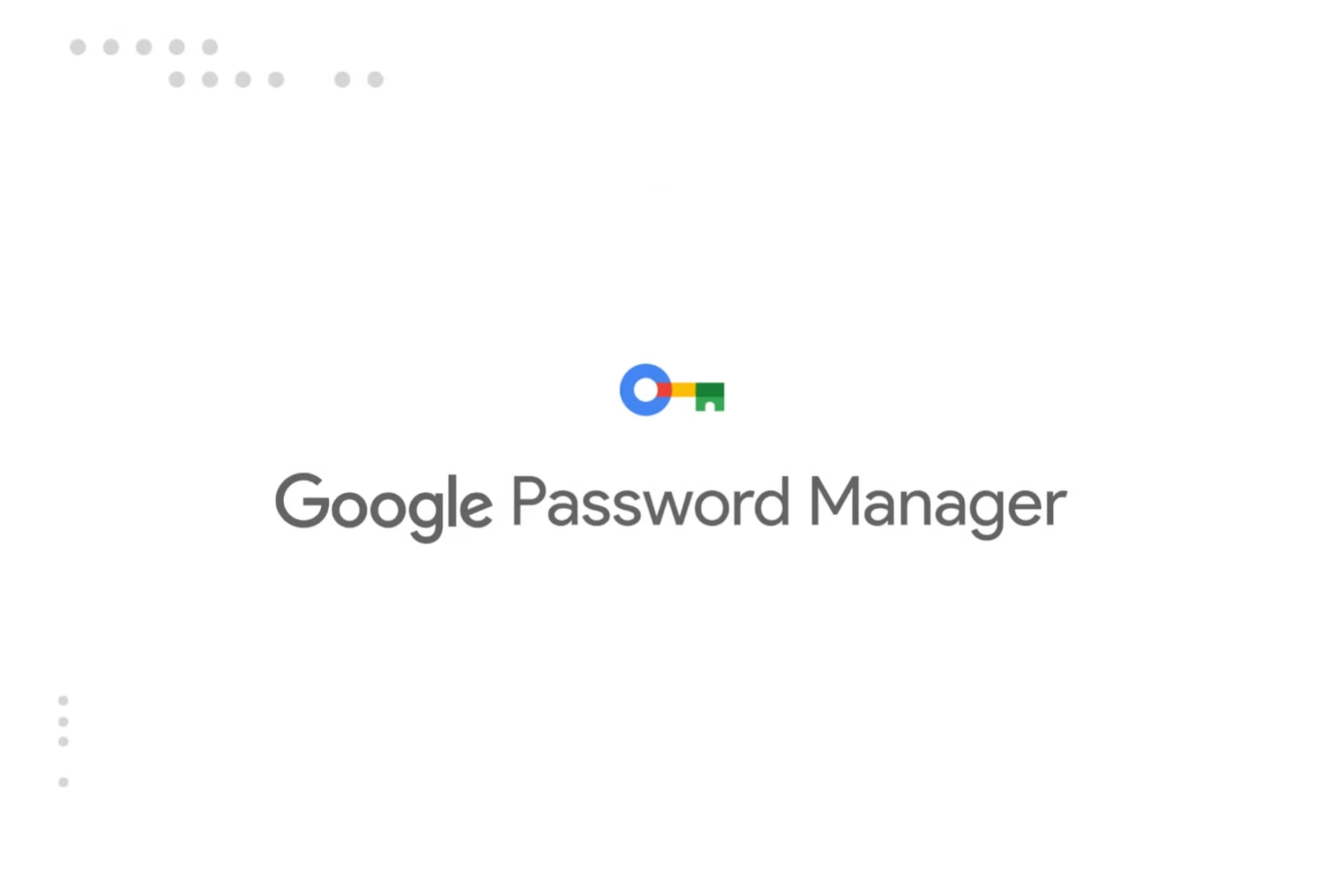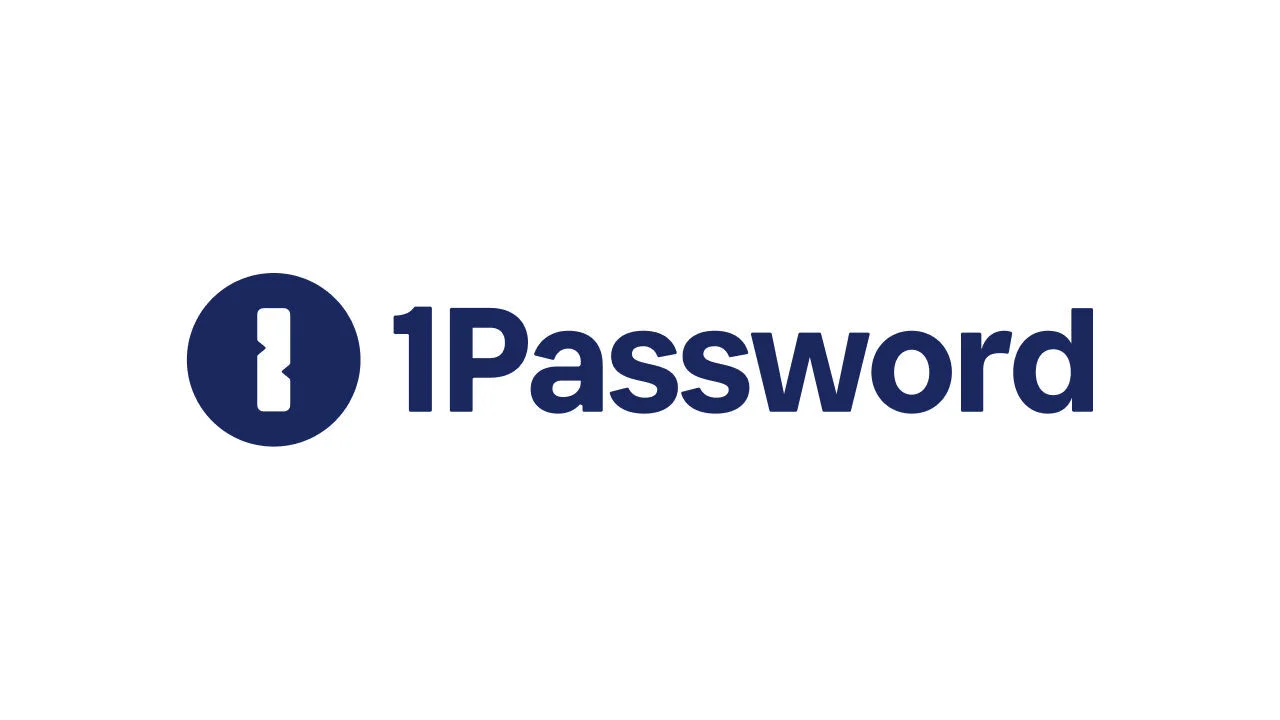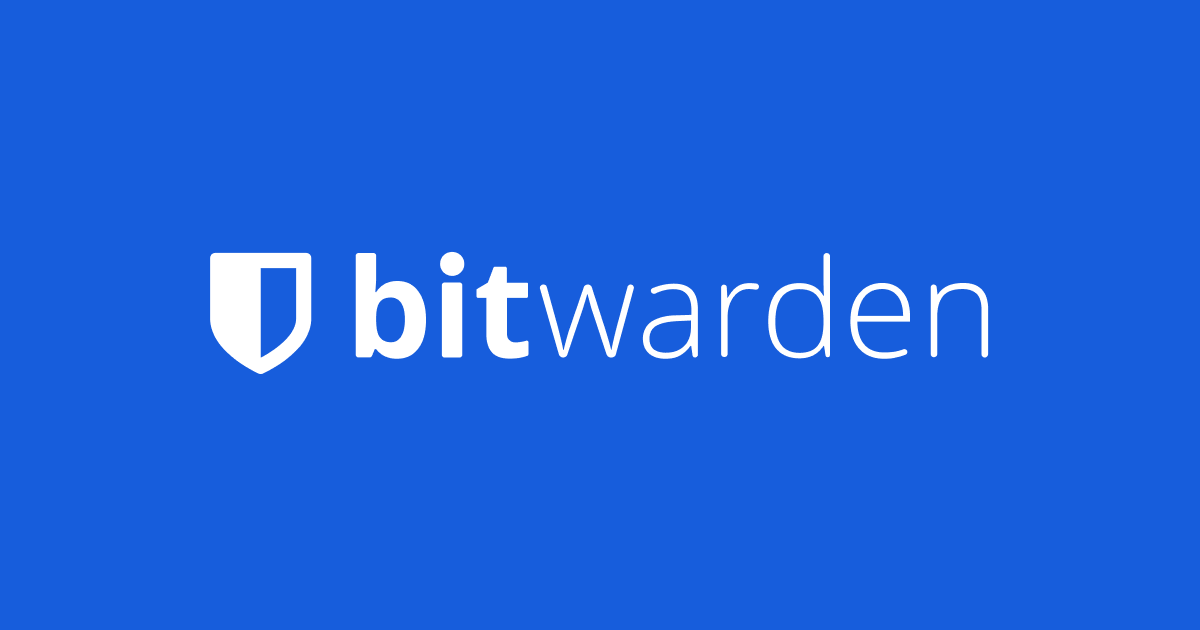If you’ve ever used Google Chrome or an Android phone, you’ve probably seen a message pop up saying, “Do you want to save this password?” That’s Google Password Manager. Almost everyone knows about it today, but not everyone fully understands what it does. In this blog, I’ll share with you a detailed review of the Google Password Manager, whether it is safe to use or not, and what the alternatives are.
Google Password Manager is a tool that saves and fills in your usernames and passwords when you visit websites or use apps. You don’t have to install anything extra. It works automatically with Chrome and Android, and it helps you remember all your login information without writing it down or saving it in random notes.
Now let’s look at what makes it stand out and whether it’s safe enough to trust with your online existence.
What Makes Google Password Manager Useful?
- No cost at all
It’s completely free. There are no paid versions or subscriptions. - Smart password suggestions
When you create a new account, Google can suggest a strong password (a suitable combination of alphabets, numerics, and special characters) so you don’t have to think of one yourself. - Password leak alerts
If one of your saved passwords has been leaked in a data breach, Google will notify you immediately and will also guide you to the next steps. - Works across your devices
As long as you’re signed in to your Google account, your saved passwords are synced from your phone to your computer and vice versa. - No setup needed
Just use Chrome or an Android device, that’s it. It’s already there, running in the background. - Soon-to-come features
Google is working on an automatic password changing feature for supported websites, though it’s still in process.
My Experience With Google Password Manager and User Reviews

I’ve been using Google Password Manager for a while now, because I use Chrome and Android. For me, this just works without much effort. It saves my passwords and fills them in when I need them with no extra app, no setup. It’s built into Chrome, so everything stays synced across all my devices.
Many users appreciate how simple Google Password Manager is. One reviewer on PasswordManager.com said, “It’s built right into Chrome, so I didn’t even realize I was using a password manager, it just works.” Another wrote, “I like that I don’t have to install anything extra.” However, one user added, “I wish it worked on Firefox too.”
Limitations of Google Password Manager
- Unclear security information
Google doesn’t clearly say what type of encryption it uses to keep your passwords safe. - Only works in Chrome
If you use Firefox, Safari, or any browser other than Chrome, you can’t use Google Password Manager to save or fill in your passwords.
How to Turn Google Password Manager On or Off?
To turn it on
- Open Google Chrome
- Click on the three-dot menu in the top right corner
- Go to Settings
- Click on Autofill
- Select Passwords
- Turn on “Offer to Save Passwords” and “Auto Sign-In.”
To turn it off
- Follow the same steps as above
- Turn off “Offer to Save Passwords” and “Auto Sign-in.”
**You can also visit passwords.google.com to see all your saved passwords, remove them, or change them.**
Who Is Google Password Manager Best For?
This tool works great for some people, but might not suit everyone. Here’s a quick guide.
Best for
- Chrome or Android users who want something simple
- People who don’t want to install extra apps
- Anyone who wants to manage passwords without paying
Not ideal for
- People who use browsers like Firefox, Safari, or Edge
- Users who want advanced security settings
- Businesses or teams that need password sharing or admin controls
Top 5 Alternatives to Google Password Manager
1. 1Password

Starting at $2.99/month – 14-day free trial
1Password is easy to use across all devices and browsers. I liked the password sharing feature and “Watchtower” alerts for weak or reused passwords. It’s a secure step up if you want more than just basic storage, especially for families or those managing multiple accounts.
2. Bitwarden

Starting at $1/month – Free version available
Bitwarden is budget-friendly and works on all platforms. It’s open-source, which means its security practices are transparent. I used the free version and still got features like secure sharing and strong encryption.
3. NordPass

Starting at $1.49/month – 30-day free trial
Built by the makers of NordVPN, NordPass feels very secure. It works across all devices and supports biometric login. I liked the password health tool, which displayed which passwords needed immediate updating. It’s great for users who care about strong security and ease of use.
4. Pickey.ai

Starting at $4/month – Free version available
Pickey is a simple, browser-based manager with a clean interface. It doesn’t need to be installed, which I found convenient. It’s ideal for people who want basic password storage without extra features. The Pro plan adds sharing, but even the free version works well for simple use.
5. Dashlane

Starting at $4.99/month – Free trial up to 25 logins
Dashlane includes extras like a VPN and dark web monitoring. I liked the auto password changer feature, which works on some websites. It’s a bit pricier, but if you want strong security tools bundled with your password manager, it’s a good all-in-one solution.
Comparison Table for the Alternatives of Google Password Manager
| Feature | 1Password | Bitwarden | NordPass | Pickey | Dashlane |
| Free Plan | No | Yes | Yes | Yes | Yes (25 passwords) |
| Trial | 14 days | Free Plan | Free Plan | 10 Days of unlimited passwords | Up to 25 logins |
| Starting Price | $2.99/month | $1/month | $1.49/month | $4/month | $4.99/month |
| Autofill | Yes | Yes | Yes | Yes | Yes |
| Password Sharing | Yes (paid) | Yes (all plans) | Yes (Premium) | Limited (Pro) | Yes (Premium) |
| 2FA Support | Yes | Yes | Yes | Yes | Yes |
| Support | Email, FAQs | Community, Email | Live chat, Email | Basic chat (Pro) | Live chat |
| Security | AES-256, end-to-end | AES-256, open-source | Zero-knowledge | AES-256 (claimed) | AES-256 + VPN |
Final Thoughts
After trying out Google Password Manager and a few others, here’s what I’d say — Google’s tool is fine if you just want something easy and built-in. It works well if you mostly use Chrome and don’t need a lot of features. But if you’re handling work accounts, sharing passwords, or switching between browsers, you might need something with more flexibility and control. Some tools are simple, some offer stronger security, and others are just packed with extras. It depends on what matters most to you — convenience, privacy, or advanced features.
Related: Nectar AI Review: Features, Pricing & User Experience
Related: Putlocker Alternatives, Reviews, and Safety Guidelines




